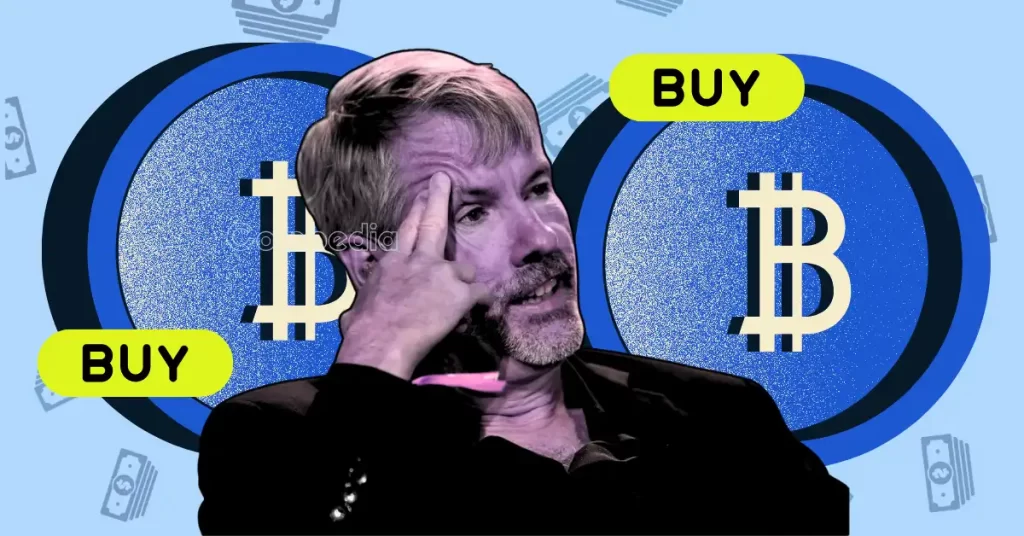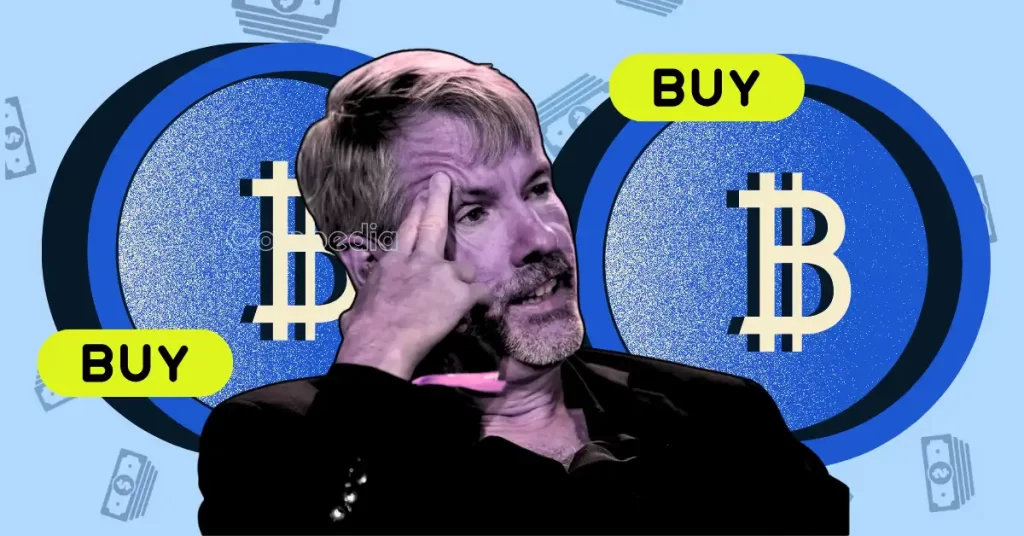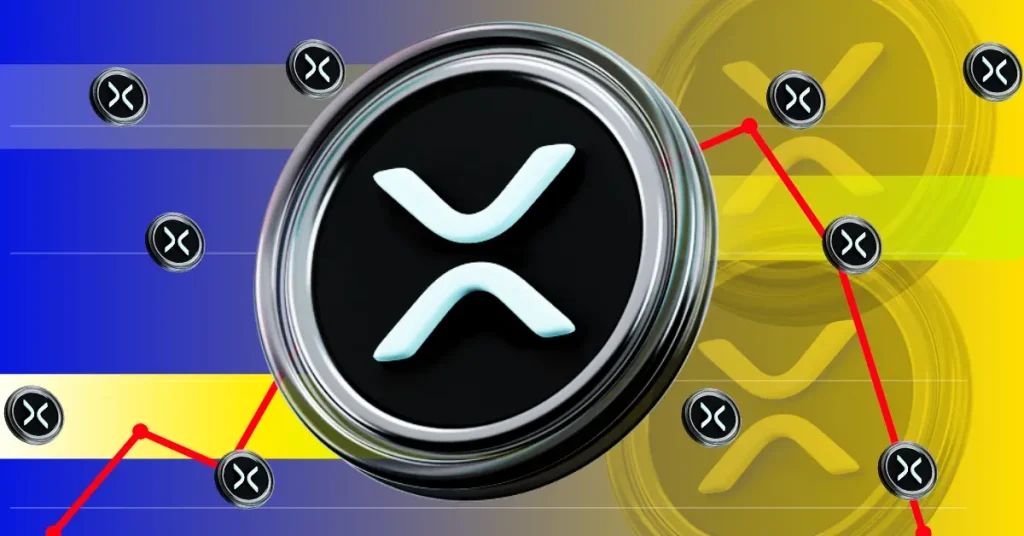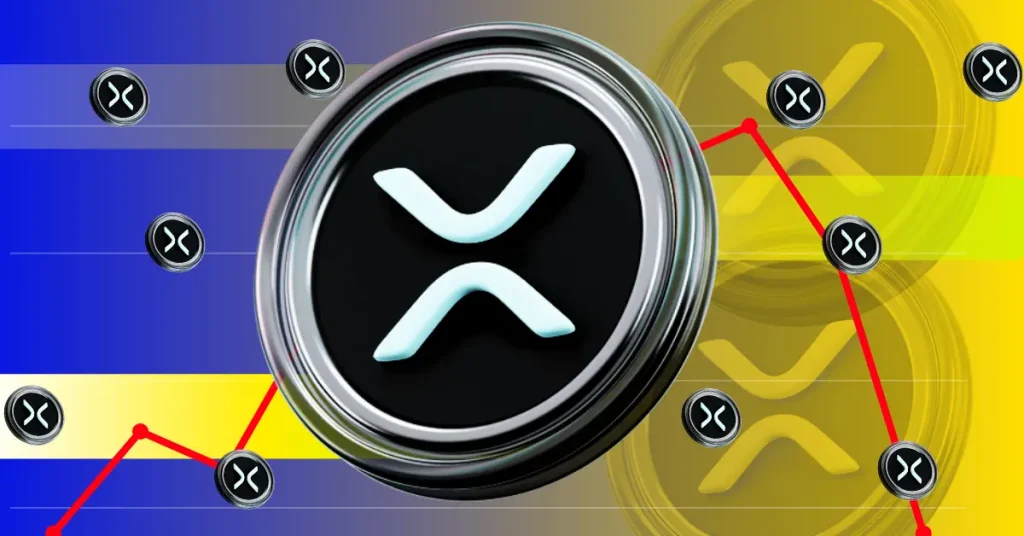
The post Buy Now Before Bitcoin Hits $1 Million! Michael Saylor and Pompliano’s Predictions Explained appeared first on Coinpedia Fintech News
Michael Saylor, the executive chairman of the Bitcoin-backed company Strategy, is making waves with his bold prediction: Bitcoin could soon reach $1 million. In a recent tweet, Saylor warned that by the time financial advisers approve Bitcoin as a good investment, it might already be too late to buy.
Why the bold claim? Let’s dig deeper.
What’s Fueling Bitcoin Price Growth?
Saylor’s comments come at a time when institutional interest in Bitcoin is growing rapidly. U.S. fund managers like Fidelity, Charles Schwab, Wells Fargo, Mariner, and Fisher Investments have collectively invested over $19 billion in Bitcoin ETFs. These large investments show that Bitcoin is moving from a niche asset to something embraced by major institutions.
Saylor believes that this increased institutional interest will only drive Bitcoin’s price higher.
As more institutions get involved, Bitcoin’s scarcity becomes even more significant. Saylor argues that this will push the price of Bitcoin up, making it harder for regular investors to afford. He believes that Bitcoin could soon hit $10 million per coin once banks and financial institutions fully adopt it.
Bitcoin Will Soon Be Too Expensive to Buy, Claims Saylor
Saylor’s outlook on Bitcoin is based on the idea that as more banks and institutions start to use Bitcoin, demand will push its price through the roof. He sees Bitcoin as a major shift in how the world thinks about money, and as more financial giants adopt it, the price will only rise.
“By the time your financial adviser says it’s OK to buy Bitcoin, it’ll cost $1 million. When they say it’s a good idea, it’ll be $10 million,” he wrote on X.
Saylor believes that waiting for traditional financial advice could leave investors behind, as Bitcoin’s price could become unaffordable before it’s widely accepted by financial experts.
Pompliano Joins Saylor’s Bullish Bet
Saylor is not alone in his belief that Bitcoin is on the verge of a massive price increase. Anthony Pompliano, a well-known Bitcoin advocate and investor, also supports Saylor’s prediction.
Pompliano points to growing institutional adoption, Bitcoin’s limited supply, and the rising global demand for Bitcoin as key reasons why the cryptocurrency could reach $1 million.
He highlights the fundamentals of Bitcoin – its scarcity and increasing institutional support – as key drivers of its future value.
Global Bitcoin Adoption: What’s on the Horizon?
The momentum behind Bitcoin’s rise is growing fast. Major fintech companies are preparing to integrate Bitcoin into their services, and countries like El Salvador and some U.S. states are increasing their Bitcoin reserves.
These moves signal that Bitcoin is becoming more widely accepted and may soon be considered a mainstream asset. Still, with the volatile nature of the crypto market, it’s hard to predict exactly when Bitcoin will hit $1 million.
However, one thing is clear: the window for purchasing Bitcoin at lower prices is closing quickly.






 (@HugoPhilion)
(@HugoPhilion) 


